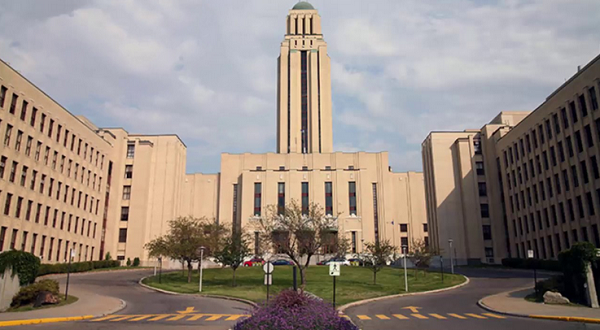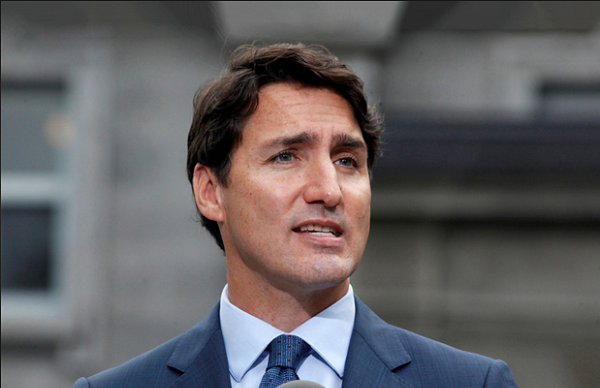Israeli military took over Gaza border crossing – the implication on aid efforts
Israeli forces have taken control of a key border crossing in the Gaza Strip used by Palestinian civilians to get out of the war zone and by aid groups to bring in humanitarian assistance.
The military advance came ahead of further planned negotiations between Israel and Hamas toward a deal to release dozens of Israeli hostages in exchange for Palestinian detainees and prisoners, and to reach a ceasefire in the seven-month-old war.
With Israeli Prime Minister Benjamin Netanyahu under tremendous pressure to reach an agreement, the Israel Defense Forces pushed back Tuesday with what it called “targeted activity in limited areas in east Rafah.”
The IDF said the incursion was precipitated by the firing of mortars toward the nearby Kerem Shalom crossing, which killed four Israeli soldiers and injured several others.
A video that showed an Israeli tank crashing into a “Gaza” sign at the Rafah crossing was heavy with symbolism, but shutting down the border poses a very real threat for humanitarian efforts to feed, treat and care for what the United Nations says are 1.7 million displaced people living in emergency shelters.
“If no fuel comes in for a prolonged period of time, it would be a very effective way of putting the humanitarian operation in its grave,” Jens Laerke, a spokesperson for the UN Office for the Coordination of Humanitarian Affairs said during a briefing in Geneva.
Israel sent negotiators back to Cairo on Tuesday after Hamas agreed to a ceasefire proposal from Egyptian and Qatari mediators. The Israelis said that Hamas had
agreed to terms that fell short of Israel’s demands.
Reports suggested that Israel wanted the release of 33 living women, children and elderly Israeli hostages in the first phase of a deal, while Hamas offered 33 hostages, some alive and some dead. There were reportedly also differences on the timetable for the release of hostages, the timing of the retreat of IDF troops and the amount of humanitarian aid that would be allowed into Gaza during the ceasefire period.
One of the key sticking points between the two sides is the length of the truce. Hamas wants a definitive end to the war and a long-term plan to rebuild Gaza, while Israel’s Netanyahu has pledged a full invasion of Rafah to attack the remnants of Hamas’s military wing even after the completion of a hostage deal.
Israel’s war goals include the elimination of Hamas as well as the return of its remaining hostages, more than 130 of whom are believed to have been taken to Gaza on Oct. 7, the day that Hamas militants attacked Israel, killing nearly 1,200 people.
The ensuing war has killed an estimated 35,000 Palestinians, according to Gaza health officials.
The families of the hostages released a statement Tuesday calling on foreign governments to pressure the Israeli government to seize the opportunity and strike a deal with Hamas, calling it “a tangible opportunity for the release of the hostages.”
“This is the time to exert your influence on the Israeli government and all other parties concerned to ensure that the agreement comes through which will finally bring all our loved ones home,” the statement read.
Netanyahu will be hard-pressed to convince some hardline elements of his right-wing government to agree to a truce with Hamas, but he was offered a political lifeline Tuesday morning by Yair Lapid, leader of Israel’s Yesh Atid opposition party.
In a social media message, he said that he would be willing to lend his party’s support to Netanyahu for any deal that results in the return of Israel hostages.
This article was first reported by AP












